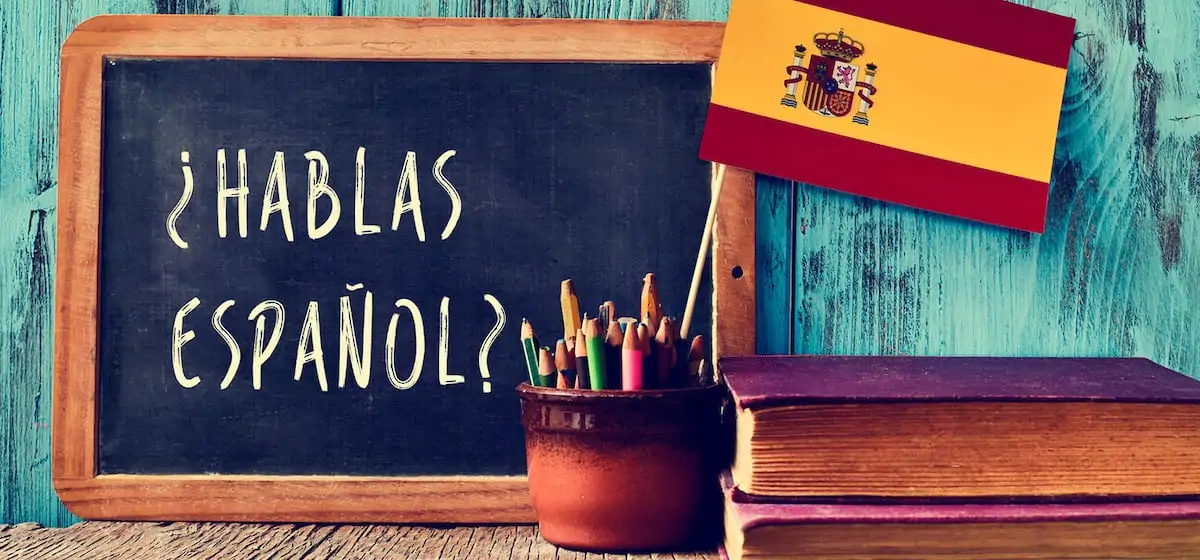Spanish translation services have a crucial role to play when it comes to communication between Spanish and non-Spanish speakers. However, that’s not the only reason why Spanish translation is so important; these language services also create exciting opportunities for cultural exchange, which in turn fosters a deeper sense of connection and understanding between two contrasting communities.
The role of Spanish translation services in communication
With roughly 600 million Spanish speakers worldwide, high-quality language services are certainly in demand. This is the case now more than ever, given the growth of the Spanish economy in recent years. In 2023, Spain’s economy grew by an impressive 2.5% (it’s important to note that this was higher than the average for the euro zone), and predictions for 2024 stand at around 3.1%.
As a result, Spain is benefiting from increased investment, drawing interest from around the world. Similarly, the economies of Chile, Uruguay, and Argentina are expected to see an upward trajectory after a dip during the pandemic years. Professional Spanish linguists are best positioned to enable fruitful and precise communication.
These include translators (who deal primarily with written documents) and Spanish interpreters, who are needed to enable spoken communication, such as during a conversation, conference, or interview. As well as ensuring each party understands the original message, Spanish interpretation services also help to overcome cultural differences, transmitting those unspoken subtleties that are at the heart of communication. This plays a vital role in cultural exchange.
What is cultural exchange?
One of the most inspiring and interesting things about communication with people from different linguistic backgrounds is the potential this allows for cultural exchange. As well as potentially learning new words and phrases, the possibilities for sharing ideas, values, and traditions are also a source of great enrichment.
Cultural exchange happens on many levels. For example, if you have ever eaten tapas in America, or visited a burger chain in Madrid, you’ve been a part of culinary exchange. Similarly, perhaps you’ve seen a salsa class in an American city, read a book by Gabriel García Márquez, attended a Frida Kahlo exhibition, or watched a Lorca play. Shared culture is what enriches our daily lives, but the potential for this exchange is augmented by Spanish interpretation services.
How can a Spanish interpreter assist with cultural exchange?
Aside from merely finding an equivalent term in Spanish (or English), Spanish translation also involves bridging cultural gaps, which play a vital – and often overlooked – role in communication. Skilled translators and Spanish interpreters understand these cultural nuances, which allows their translations to carry the cultural weight and significance intended by the original message.
Some of the key ways a Spanish interpreter allows cultural exchange to take place include:
- By preventing misunderstandings and miscommunications that can arise from culturally embedded terms.
- By communicating cultural nuances, such as idioms or expressions that may not have a direct translation. An experienced Spanish interpreter can find an equivalent expression in English (or vice versa) to retain the original meaning.
- By building an emotional connection. The role of the Spanish interpreter is also to overcome cultural and linguistic barriers, to form a relationship between the two parties.
- By bringing their knowledge of regional variations. A skilled Spanish interpreter can ensure cultural relevance and appropriateness depending on their origin. For instance, terms may have different meanings in South American countries compared to Spain, where the expected levels of formality can also vary. An awareness of these expectations leads to more seamless communication that hits the right note!
It’s clear there is so much more to communication than simply just the words. Cultural exchange underlies much of what we say, whether it’s a reference to a well-known film, a common expression, or a deeply embedded custom. Thankfully, with the help of skilled Spanish interpreters and translators, these cultural nuances can be overcome – and can form an interesting cultural exchange in the process!






